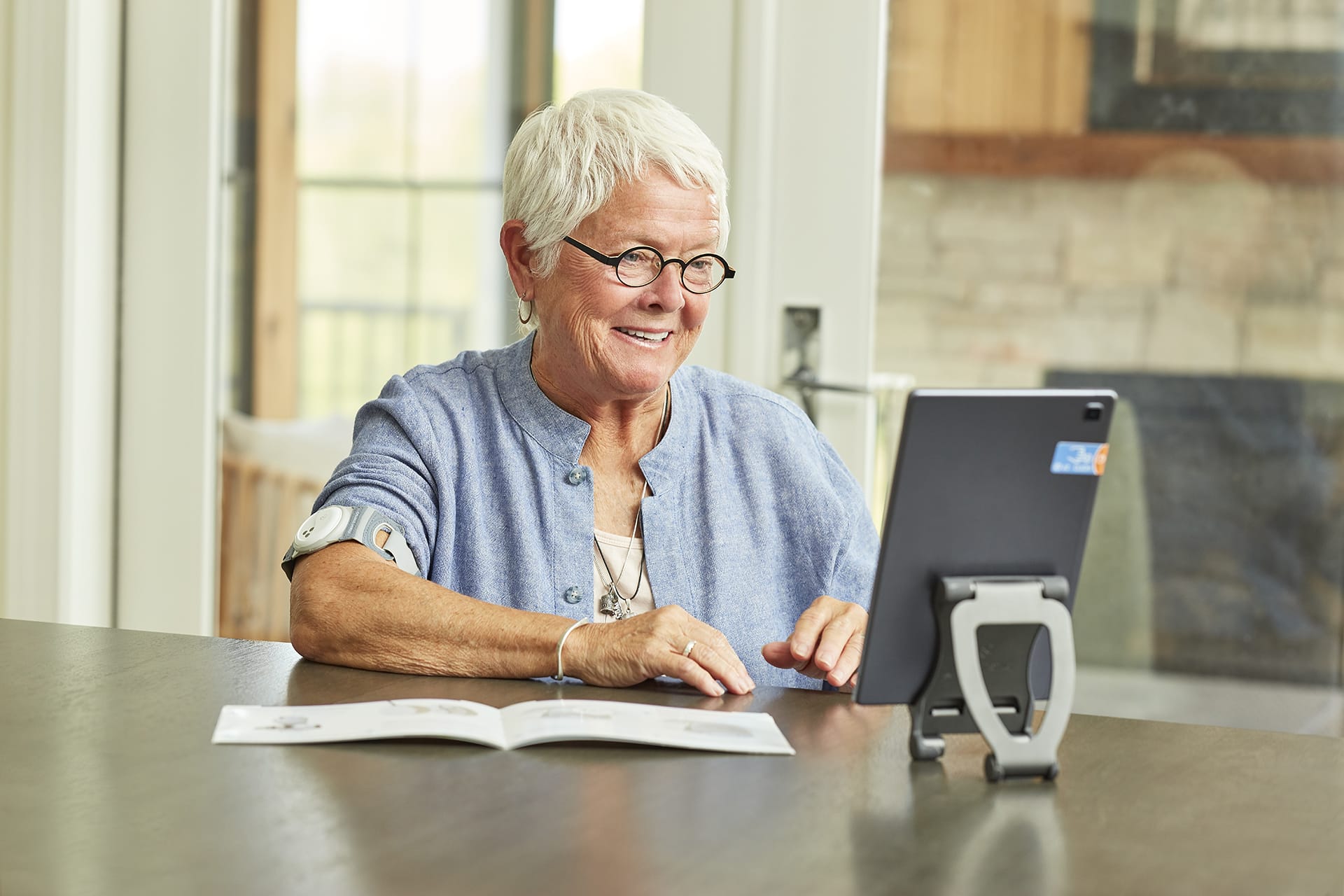Top 3 Questions about Remote Patient Monitoring from HLTH 2020
At HLTH VRTL Conference we had the opportunity to host a roundtable discussion on the topic of remote patient monitoring (RPM) with attendees from major health systems, national health plans, and pharmaceutical companies. Here are a few common questions we heard from industry leaders about how to operationalize remote patient care.
What is the best clinical use case for remote patient monitoring?
The question of “where to start?” has a different answer for each organization. While we see many organizations start with areas of high readmission rates such as CHF and COPD, this data will be different for every organization. Before getting started, it’s important to use clinical data to do an opportunity analysis, looking at areas with high readmissions, high cost of care, and opportunity to impact patient experience.
How do you integrate remote patient monitoring into existing workflows?
Many organizations are already dealing with stretched resources, so how can they care for additional patients at home? Many organizations are looking for partners to outsource logistics such as device recycling and inventory management. Similarly, with a new wealth of patient data, using an AI-powered monitoring platform can help existing staff to predict deterioration and prioritize action. Especially when this monitoring is integrated into the EHR, these intelligent alerts can enable providers to focus on clinical care.
How do you incentivize patient adherence with remote patient monitoring?
We discussed two key aspects of patient adherence, which is the basis of success with any RPM program. First, the platform must be incredibly easy to use. This means everything from wireless connectivity to setup should be simple for all populations. Second, patients must be explained the “why”, ideally by their own provider. Helping patients understand the value behind remote monitoring will foster adherence and deliver outcomes.
What to learn more about Current Health? Get in touch!

